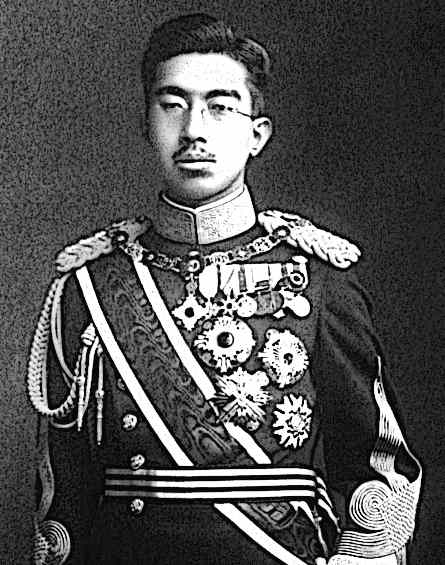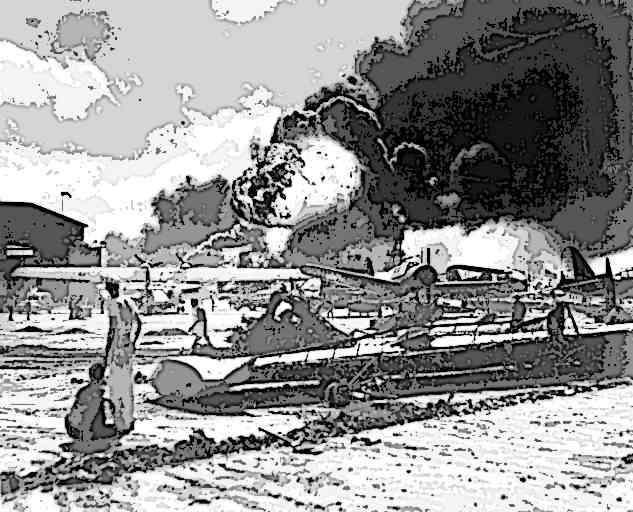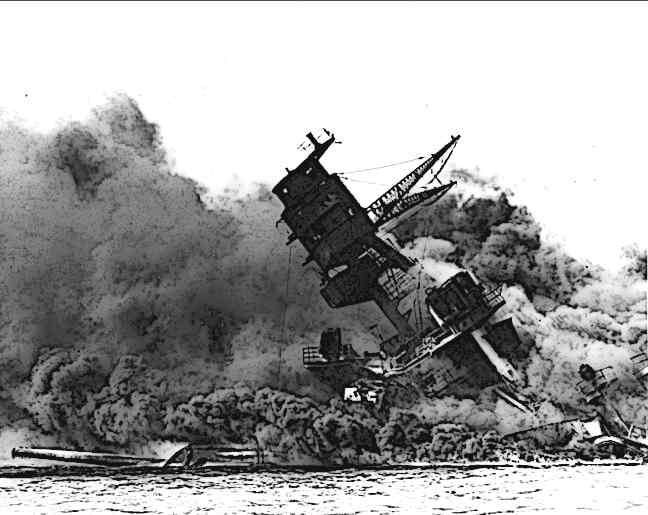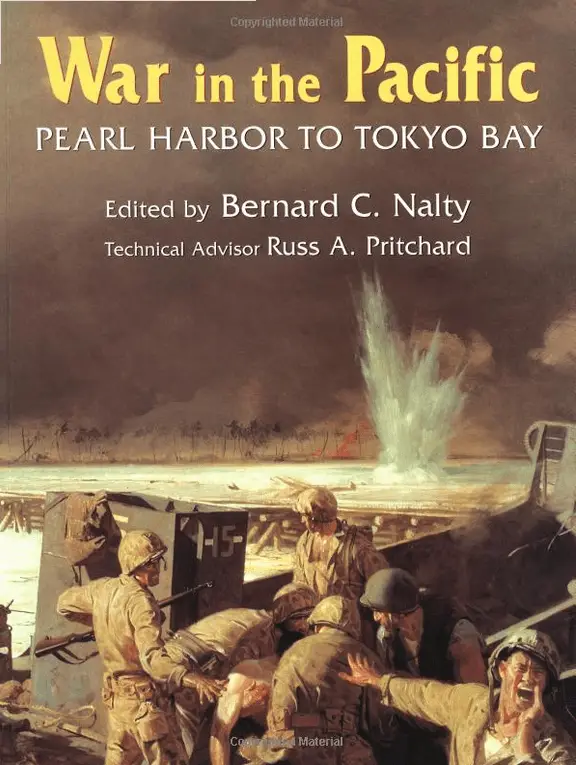Attack on Pearl Harbor
Introduction
The attack on Pearl Harbor was a military strike launched by Japan on an American naval base. The attack was a pre-emptive strike by Imperial Japan and took United States by complete surprise. It resulted in heavy casualties for the United States. It also forced the U.S. to end its neutrality and enter World War II.
Background
During the 1920s and 1930s, the might of Imperial Japan continued to grow. In the 1930s, Japan began imperial expansion, trying to annex the neighboring territories. It expanded to China, Manchuria and other areas as a part of this expansion.
Japan’s imperial expansion brought it into conflict with the western nations, including United States. The conflict ultimately erupted into open Japanese aggression, first manifested in the attack on Pearl Harbor.
World War II and the United States
World War II began in 1939. United States initially decided to remain neutral in the conflict, supporting the Allied powers with financial and economic supplies instead. However, a number of incidents worsened relations between the United States and the Axis powers, notably Japan and Germany. The United States still remained neutral in the war until 1941 when Japan launched the attack on Pearl Harbor.
Japan Plans the Attack
As Japan expanded, United States imposed economic sanctions to check this expansion. Japan didn’t like what it saw as American interference. It knew that in order to expand in the Pacific theater, it would need to counter American might.
Japanese military officials believed that they should launch a pre-emptive strike on American naval resources. To this end, pilots were trained and intelligence missions were carried out. All Japanese preparations were highly secret.

Japanese Objectives
Japan wanted to launch a full-scale invasion of Southeast Asia. It hoped to secure raw materials and other supplies from the region which would fuel its imperial ambitions. The American Pacific Fleet was poised to be able to interfere with such expansion.
So the key Japanese objective was to destroy this fleet in a pre-emptive strike. Japan also hoped to gain precious time to launch full-scale war preparations before United States could recover from the attack. Finally, the Japanese government hoped that the unexpected attack would also strike a blow to the morale of the country.
The First Wave of Attack
The Japanese attack on Pearl Harbor comprised of multiple waves. The first wave comprised of around 183 planes. These planes encountered a number of U.S. aircraft on their way to Pearl Harbor. They shot down these planes.
The U.S. naval officers at Pearl Harbor couldn’t receive any warnings on time. They became aware of the attack only as the Japanese aircraft began to bomb the harbor and the battleships and vessels docked there. The first wave of attack dropped nearly 50 bombs weighing 800 kg.
Many of these bombs hit battleships. Torpedoes were used in addition to further target other vessels.

The Second Wave of Attack
The second wave of attack comprised of 171 planes. The second wave targeted the airfields and the structures on the land mass of the island. It effectively destroyed many hangars and aircrafts located on the island.
American Casualties
Most of the losses on the American side were incurred by the sailors on board the ships. A large number of deaths took place when the magazine of the ship Arizona was hit during the attack and exploded. In total, nearly 2400 Americans were killed during the attack. In addition, another 1143 Americans were wounded.

American Losses in the Attack
American material losses were also considerable. The U.S. Navy lost 4 battleships which were sunk in the attack. Another 4 battleships were significantly damaged. Nearly 188 American aircraft were destroyed in the 90-minute attack. Another 159 were damaged. 3 cruisers, 3 destroyers and another 3 American ships were also significantly damaged during the attack.
Japanese Losses in the Attack
The Japanese forces had the element of surprise on their side during the attack on Pearl Harbor. This is why the Japanese losses were significantly lighter. In all, the Japanese attacking force lost 55 airmen and 9 personnel from the attacking submarines. Only about 30 Japanese aircraft were lost during the entire attack. Another 74 sustained some degree of damage, although they weren’t downed. 4 Japanese midget submarines were sunk in the American counterattack and 1 midget submarine ran aground.
Declaration of War
There was a disagreement among Japanese top command on whether or not to declare war before the attack. The Japanese navy and military personnel wanted to keep the attack a secret. The Emperor and some other officials, on the other hand, wanted the attack to commence after an official declaration of war. In the end, the attack was a complete surprise for the Americans. Japan formally declared war on United States the day after the attack.
America Enters World War II
The United States was shocked at the Japanese attack on Pearl Harbor. It had pursued a policy of neutrality until now. But with the attack, President Roosevelt delivered a strong speech that condemned Japanese aggression.
Roosevelt asked the Congress to declare war on Japan a day after the attack, to which Congress complied promptly. Soon afterwards, Germany and Italy also declared war on United States as allies of Japan.
The US responded by declaring war on these two nations as well. The attack on Pearl Harbor directly pulled United States into the World War II. Ultimately, this would prove vital to the defeat of Japan, Italy and Germany.
Result and Aftermath
Japan had hoped to cripple American naval forces at Pearl Harbor. However, this objective largely failed. Many of the sunk and damaged battleships were salvaged and repaired. In no time, the U.S. navy was ready to take the war to the Japanese naval forces.
Soon afterwards, Japanese were on the back-foot in the Pacific. United States’ entry into World War II proved instrumental. U.S. forces helped defeat the Axis powers in Europe. Then U.S. focused on Japan and ultimately brought about its surrender after the use of atom bombs.
- World War 2 – WW2 – 1939
- 10 Surprising about WW2
- Anschluss
- Attack on Pearl Harbor
- D-Day Landings of WW2 Overview
- Famous Leaders in World War II
- German S.S *Schutzstaffel
- Hitler Youth – World War 2 *WW2
- Hitler’s Rise to Power
- Nuremberg Laws
- Reasons for Pearl Harbor
- Schutzstaffel
- The Causes of WW2
- The Normandy Invasion
- Top 10 Events of World War II
- What was the Luftwaffe?
- World War 2 Timeline
